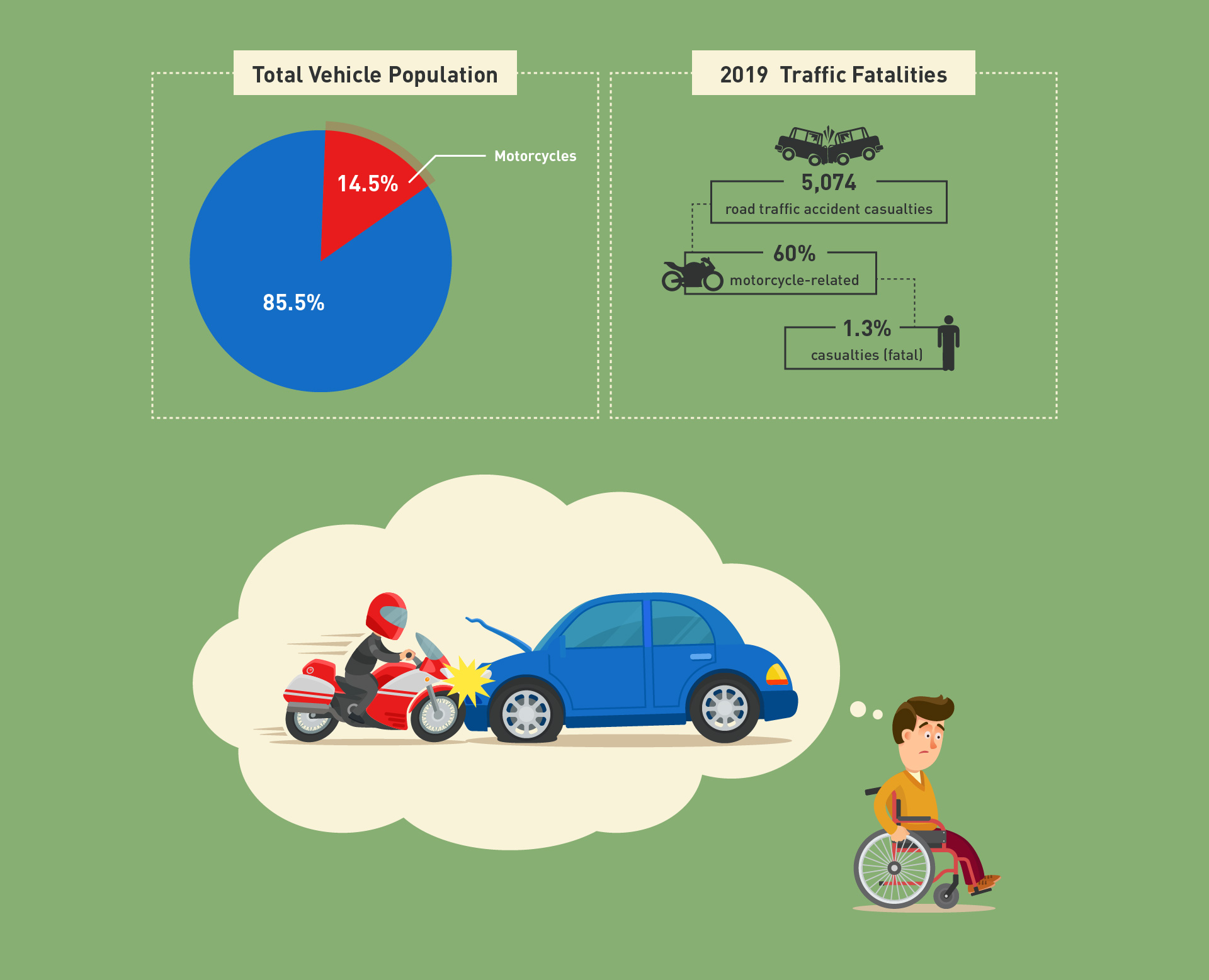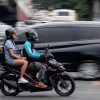COMMON MOTORCYCLE ACCIDENTS

While Singapore has one of the lowest road traffic fatality rates in the world, there were 5,074 road traffic accident casualties in 2019 that involved motorcyclists or their pillion riders. Of that number, 1.3% – or 64 casualties – were fatal. To put that in perspective, that’s a motorcyclist dying on Singapore roads, once every 5.7 days.
According to data from the Traffic Police, motorcyclists consistently account for a disproportionate number of traffic accidents and fatalities. Despite making up just 14.5% of the total vehicle population, 60% of all traffic accidents involved motorcycles. The number of motorcycle-related fatalities were equally grim, with motorcyclists accounting for about 60% of traffic fatalities.
Here are the two main causes of fatalities for motorcyclists and their pillion riders:
FAILING TO KEEP A PROPER LOOKOUT
Keeping a proper lookout applies to both drivers and riders.
As operators of larger vehicles, drivers have the duty to keep a look out for fellow road users, including but not limited to motorcyclists. Keeping a proper lookout entails devoting your full attention to driving; by continuously monitoring road conditions, and watching out for pedestrians or other vehicles using all available means. This could be something as simple as not texting while driving, or ensuring that the road is clear before making a right turn or merging from a smaller road.
As smaller, and more vulnerable road users, riders need to be responsible their own safety while on the roads – a single lapse in judgement could cause injury, or worse, death. For motorcyclists, keeping a proper lookout could be as straightforward as not weaving recklessly in and out of traffic, or maintaining a sensible speed while lane-splitting in standstill traffic.
FAILING TO HAVE PROPER CONTROL
With just two small contact patches as compared to a car’s four large ones, motorcyclists have a higher likelihood of losing control when presented with surprise obstacles. This could be anything from a patch of gravel, water or oil, or a pothole in the middle of the road.
Often, accidents caused by the above obstacles could have been avoided by exercising more caution. Having ‘proper control’ of your motorcycle means regulating your speed to the road conditions, and only riding as fast as you can see ahead of you.
STAYING SAFE AS A RIDER
BEFORE MOVING OFF – PRE-RIDE CHECKS
1. Wear appropriate safety gear at all times
Unlike in a car where you’re protected by a metal frame, riding a motorcycle makes you infinitely more vulnerable. Always be aware that you’re protecting the machine, and not the other way around – thus any impact would most certainly result in an injury of some sort.
It’s thus essential to always put on the appropriate safety gear, regardless of how short the ride may be. Wearing covered footwear, long pants, riding gloves and a riding jacket keeps your skin away from the tarmac in the event of an accident, saving you a painful trip to the doctor’s. Do also ensure that your helmet is not past its expiry date; this is no more than 5 years from date of production, typically printed behind the inner liner.
2. Ensure tyres are in good working condition
In an ideal situation, your tyres are the only contact your motorcycle has with the road. That’s why it’s extremely important to ensure that they’re in good working condition, with no damage and sufficient tread depth.
The tread on your tyres has been designed to improve traction on the road, and to disperse standing water under rainy conditions. Having adequate tread depth is essential – for effective acceleration, smooth cornering and adequate braking!
WHILE RIDING – SAFETY PRECAUTIONS
1. Always check your blind spots
The act of checking your blind spots is typically referred to by the painfully accurate ‘lifesaver glance’. It’s essential in all situations – when moving off, making directional changes, overtaking, or even when slowing down and stopping.
While on the move, it’s always a good idea to routinely perform a combination of mirror checks and blind spot checks to be kept updated on exactly what’s going on behind you. To minimise blind spots, you might like to consider getting additional blind spot mirrors fitted.
2. Don’t weave in and out of traffic
While lane splitting is legally permitted in Singapore, it’s always a good idea to have the mindset that all other road users are out to kill you. Extreme it might sound, but we’re sure that you wouldn’t want to be injured or killed by an inattentive driver that’s performing a last-minute lane change.
To stay safe and both yourself and other road users sufficient time to react, keep your speed differential – that’s the difference between your speed and other road users’ speed – to a maximum of 15km/h. Although this isn’t dictated by law, it’s a recommendation by experts based on studies of traffic behaviour.
3. Scan the road surface and anticipate other road users’ intentions
The road is an unforgiving beast, and can throw the worst surprises – gravel, potholes, or oil – at you at the worst possible occasion. Other road users, too, may throw curveballs at you by abruptly changing lanes or merging out in front of you.
Anticipation and foresight is key to stay safe on the roads. Ride defensively, and leave at least 6 metres between yourself and other motorists to give both parties sufficient space to react.










